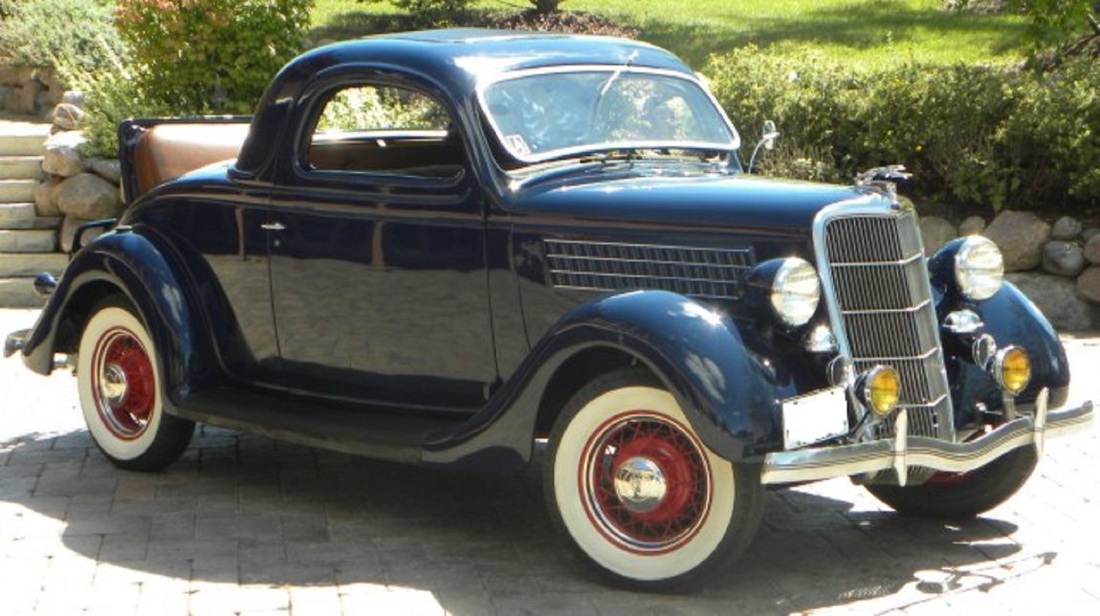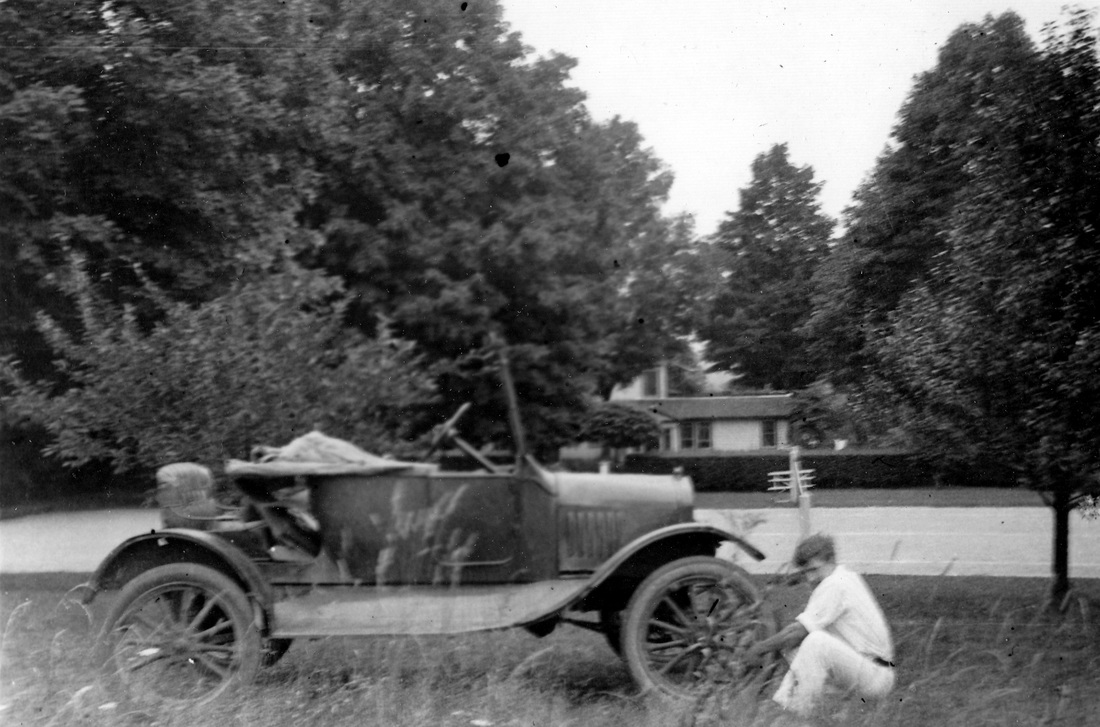A subtle but transformative change introduced by this new kind of road was a different idea of the size of our country, of the normal tempo of life, and, on a smaller and more local scale, of the scope of an afternoon's outing. Because going for a ride in the car was exactly my father's idea of the perfect family outing, there were many such Sunday afternoon jaunts in my life. I remember my mother gently touching my father's arm to remind him to slow down - "King, you're going 45 miles an hour." The Burma Shave signs, a series of small road signs on which a clever rhymed advertisement gradually unfolded - much beloved by children including me - presaged their own demise with safety messages like "If you dislike / Big traffic fines / Slow down / Till you / Can read these signs / Burma-Shave," since it soon became impossible to travel slow enough to do so. My father, in what I suppose would now be called a humble brag, wryly told his friends that his Oldsmobile would pass anything on the road except a gas station.
I suppose part of the fun lay in the optimism and newness of it all. There were no media campaigns to compile and publicize grim nationwide statistics about what happened when things went wrong, or about vehicles that were probably "unsafe at any speed." There were no seat belts, no airbags, none of the many safety features now routinely required by law. Consider, for example, the rumble seat - an upholstered bench that unfolded where the trunk should have been. The last American cars with rumble seats were manufactured in 1938, but used cars with rumble seats must have remained available for at least a another decade. Our friends the Evers had one, and we all vied to be one of the two lucky ducks (three, if we wheedled persuasively enough) who got to ride there. It was probably about as safe for a kindergartener as riding unrestrained in the back of a pickup truck, but at that time, who knew? (The Evers family also had a Willy’s Jeep. They had all the good cars!)
Cars of the 1940s were unreliable by today’s standards and much more subject to breakdowns - breakdowns that could be repaired not by replacing one electronic component with another but only by someone’s getting truly down and dirty. In our household that someone was my father. For him, engineering wasn't just a profession he checked at the Evans Lab door when he came home from work. He was a gadgeteer through and through, and keeping the family chariot in shape for trips to the Cracker Barrel was the perfect busman’s holiday for someone who spent his work week tinkering with equipment for sending radar waves on trips to the moon. Among my most vivid weekend memories of my dad are images of his disembodied legs emerging from under Nancy Nash or Ollie Oldsmobile or whatever our current rolling stock happened to be. (For some reason I felt compelled to name them all.) There was always something that needed repair, if you looked long enough and hard enough, and he kept his trusty toolbox and flashlight close at hand.
Flat tires were commonplace. One of our many family legends about my father originated with my cousin Tricia, a dozen years my senior and a frequent summer visitor from Massachusetts, who was astonished to hear my father explaining torque to me as I “helped” him change a tire; I was four years old at the time. This was quite typical of my father, who tended to treat children like miniature adults and made little accommodation to our tender years. (My daughters remember their grandfather in much the same way; some things never change.) However unorthodox his pedagogic methods, they must have had some merit, because the tire changing session my cousin witnessed sticks in my mind to this day, complete with my dad’s detailed demo of the right way to tighten the bolts, skipping one in between, and the accompanying explanation of torque.
In the summer, a lot of our outings were trips to the beach - with perhaps a stop on the way home for soft ice cream at the new Dairy Queen or Carvel shops. (From my most-embarrassing-moments file: I once threw the unwanted remainder of an ice cream cone out of the Evers's car window, hoping no one would notice I hadn't finished it - and the window turned out to be closed. Oops.) The journey from Shark River Hills to the ocean beaches, short as it was, included two potential hazards peculiar to the local terrain. One was a large drawbridge that might need to be opened at any time without much warning. Because it could involve a wait of unknown length, beach-bound drivers were reluctant to get caught on the “wrong” side of the bridge, and we watched a number of close calls with bated breath while the guards shooed the cars back in time for the boats to continue through the channel.
The other notable hazard was a railroad grade crossing, and it was there that I experienced what may have been my childhood's biggest "Rosie moment" (my term for a grave danger of which one is totally unaware, based on the wonderful children's book Rosie's Walk, in which a clueless hen is stalked by a hungry fox but remains oblivious to the repeated dangers she narrowly escapes during her morning ramble) - when the double arms of the gate descended with my mother trapped between them, a train bearing down on us and her children squirming in the back seat. I have no idea whether the car stalled or she just miscalculated, but in retrospect I can only imagine how terrified she must have been. Fortunately the attendant noticed her plight - the gates were operated manually in those days - and raised the arms in time for us to escape. What, me worry? I never doubted my mom would get us out of that predicament, just as she always did.



 RSS Feed
RSS Feed